Crimée Roubion, les portes peintes, I.Bassanello.

rt and public space, art in public space, the role of the artist in the public space, meeting space and political par excellence.
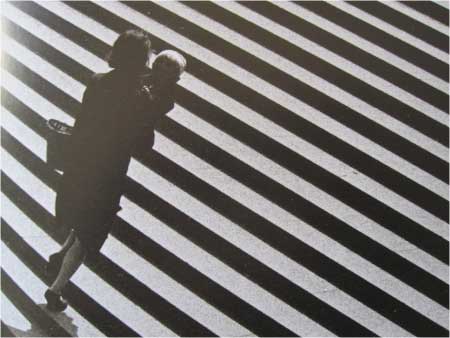
The staircase is the path in the true sense of feeling, experience the rise, often between walls, by moving up on small walls…
"I entered a city
for a walk in the streets
to exchange greetings with his men
but there are no more streets to wander
there is no one to answer my hello"
Nazim Hikmet
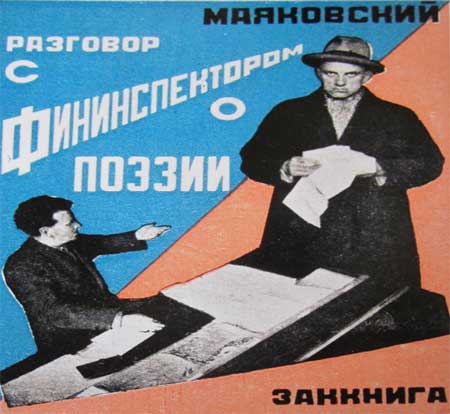
Our approach will emphasize the fundamental role that the artist can play in the creation / recreation of urban public space.
Our purpose articulates art and politics, intimately and necessarily close by, based on references from "disciplines" variety, philosophy, semiotics.
Artist by his action in public space introduces an "aesthetic rupture". This disconnection disrupts the sensory evidence. In the words of Jacques Rancière there is a "dissensus" at the heart of politics. The politics is not primarily the exercise of power or the conquest of power, it is the activity that reconfigures the sensitive management. "If aesthetic experience is key to the politics it is also defined as an experience of "dissensus"." "What works, in one sense, it's a void"
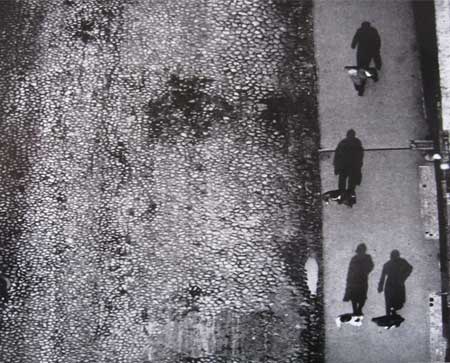
The massive wall installation digital displays in urban space, the mode of potted palms scattered along the streets, the security gates, the design of the thing in itself, lead us to ask ourselves about the identity of urban public space, and thus our own identity.
Free trade and unpredictable life of the human with the real world of nature and culture is threatened by the free exchange of goods and images. The public space is eroded by privatization.
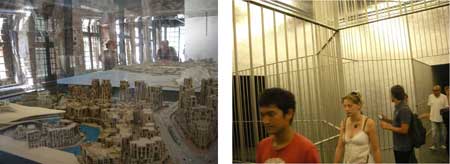
Open public space is a fight because it affects the organization of collective life, like the struggles in the Greek agora. It comes from the "conscience rebels," the political struggle in the full sense of term, condition for democracy.
On the other hand the purpose of art is the opening, the artist belonging to "the cohort of scholars who participate in the victory (sensory) of appeasement" as expressed François Dagognet. We will see here why and how appeasement has to do with the opening.
We'll particularly see two experiments realized by an italian painter, Imelda Bassanello. This artist, specializing in wood painting, is renowned for its many works found in public spaces: doors painted in towns and villages of Italy (Genoa and other places of Liguria, Turin, Milan) and also in France...shop signs, processions of figures…
1) In a french mountain village, Roubion at 70 km from Nice, where the artist painted doors along the streets
2) In Italy, in the city of Savona, where she dressed a wall on a place with a painting fence in collaboration with the residents. In France residents didn't work but paid a part of the doors, of their doors.
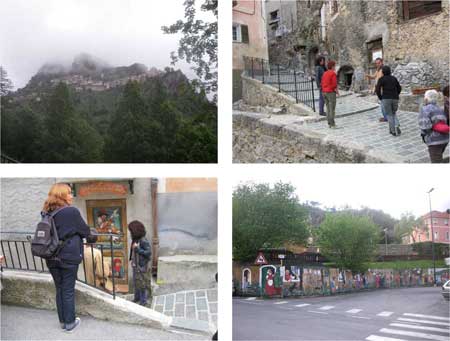
Without going into an aesthetic study of this achievement, it is not the purpose of our discussion, we take the risk, however, from the outset to state that the work is beautiful because "beauty is precisely what makes happy," according to the words of the philosopher Ludwig Wittgenstein. Here there is a fully human scale, a human story painted on wooden boards rhythm of daily life along a street, including traffic signs, simple, true, just as the "seal of truth." Here ethics and aesthetics merge completely.
The doors along the street or the fence running wedding wall that follows the hill clothing on the skin on the body, give a simple roundabout a living character, hospitable. It is possible to speak of a subject with bright colors with non-alienated tends to soothe the area instead of advertising and promoting and contemplation, consciousness free, unhindered. We return below to the theme of peace.
The doors and the fence wall are become a gesture, without power, which simply "show".
What sought by the artist if not appeasement by the "neutral" in the words of Roland Barthes? The Neutral understood as "loss of contact area of the subject with the arrogance of the world and not with the world, affect, love." Neutral is the peace that allows openness to the world, openness to others who identify with the same feeling as a factor identity. We believe this really works in a public space, creating the public space.
This action is creative, inventive, work in anonymity, and opening to neutral and also allowed the opening to a minimum but real political expression, allowing increased identity for the group and the individual: act in the interests of the city and recognize themselves in the city.
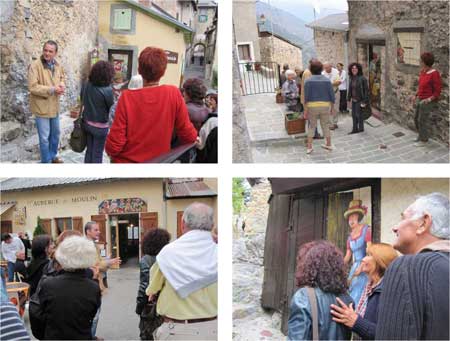
Under the impulse of the artist, the "undomitabled animal," according to Wittgenstein, the population has created, has become, received approval and support of elected officials of small neighborhood. The result is a gift to the entire population, local and transient, donated space, donated to the municipality, a political act, a work that makes us all a little more likely, a little more citizens.
Therefore stress here this apparent paradox: an artistic and political struggle has produced the appeasement of public space and hired the same time a process of struggle for the preservation of this peace, for memory, opening the possibility of a self-standing foundation of the local community, affirmation of identity.
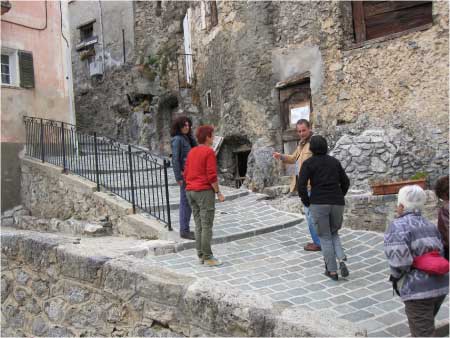
How can we describe this mode of action in spontaneous? Gilles Deleuze wrote, "nothing is beautiful, nothing is love, there is no politics except the underground stems and aerial roots, the weed and the rhizome." Have we not here the emergence of the stem of a rhizome, of a stranger in his nature to the structure of a hierarchical power and yet essential to democratic life, for life at all ?
This emergence is the fantastic creative power of what we call people when they truly become citizens. This shows, among many other actions of comparable type, the intervention on the public space can take many forms, infinite multiple colored shapes being inserted between the big expensive project, monumental and vandalism in all its forms, including the advertising or information.
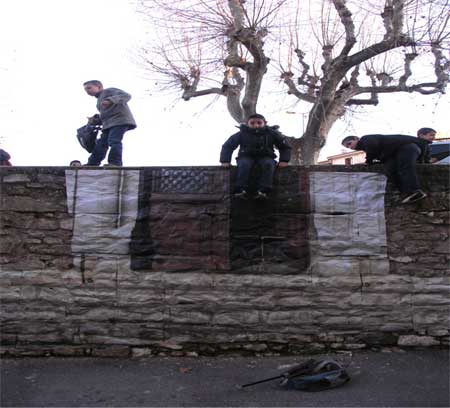
Let us not forget the words of Kevin Lynch when he wrote that there is an 'urban art as opposed to the architecture in the sense of "classical" sculpture and painting. And perceiving this art requires openness of mind, your body's involvement in 'activities of discovery and, touching the public space, we can say that our gaze becomes politics and politics becomes so even affair of the heart.
At first there is the way, choice, confusion, what is there? Then there's the effort! We are "simply" on the path of life, even reading the squares, streets, houses, history, drawing non-stop in the pit of our memory sensitive. We immerse ourselves in our initial feelings, we must recognize them and detain them without the knowledge let the pseudo drown. It 'just a primordial phenomenological discourse.
And everything is developed according to this move. And the heart is the center, is body and soul, and generates the energy required for releasing our porosity, to radiate and receive the world. And in all beings is this heart / genius . And this sacred character we can find it in all places where they are loci. And every place can become a locus where enters life.
The heart may be theater, the house's heart, the heart can arise in the wall, on the doors…
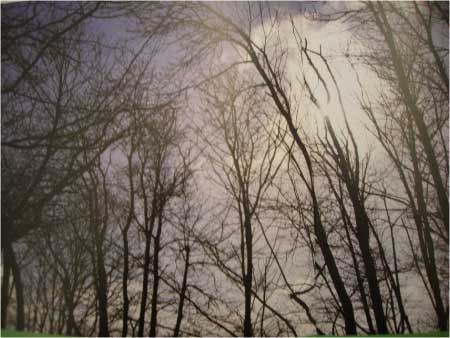
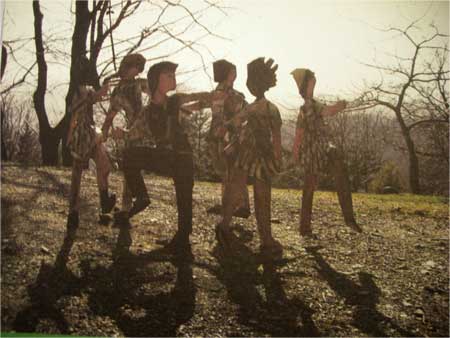
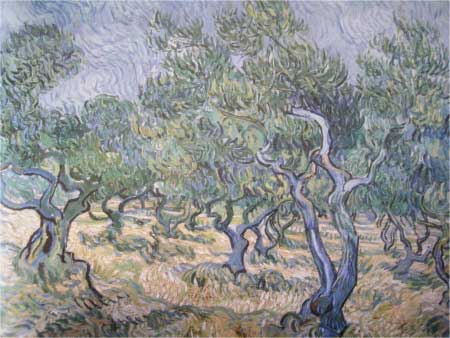
In fact, you should recognize the places of the city as urban art. And the place is not confined to what we recognize today as a heritage, and conservation is not limited to the protection of what it is, as it is, or his rehabilitation. Places can not have a name.
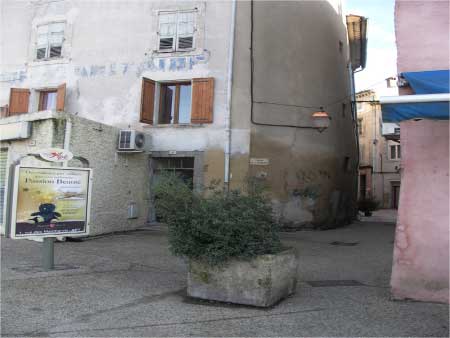
Public space should no longer be the remnants of a narcissistic project, whether architectural or technocratic or two together, because it is a threat to our sensibilities, already overwhelmed by all parties. Is in danger our being, and ecological awareness that is developed at present has to lead to another ecology, that of the mind with its fundamental ethical dimension.
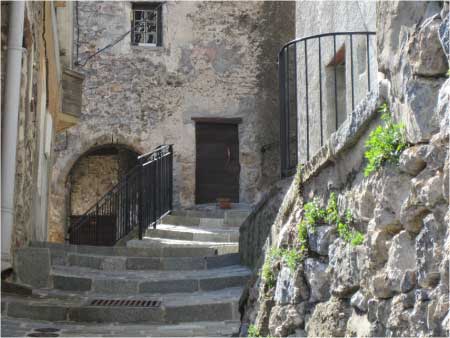
Our purpose is to go looking for images that do not necessarily attract the usual talk of promoting 'tourism' and the 'analysis' scientific' but may suggest a philosophical reflection or a metaphorical evocation / poetry or even a rebellion / critical or controversial everything together. The mystery always gives us an appointment.
And barbarism in all its forms promises us more and more traps. These forms can be brutal but also insidious. The barbarian can also make us helpless before the infallible arguments of progress, security, ecology, protection of heritage. And our living spaces are the most targeted prey because they live too mundane, do not live enough, even with the smile we get used to changes, just resist, we have not taken up so fast ... the processes are not enough today.
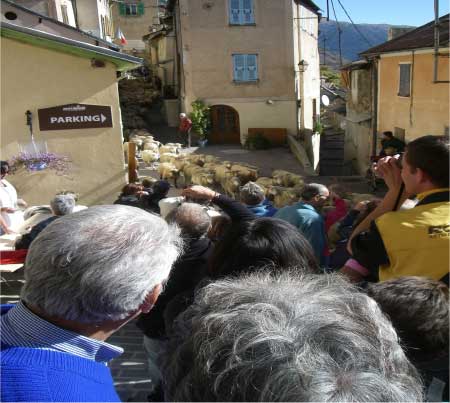
But there are points of resistance: the eternal peace of a square or a street, the rolling tracks that lie on the walls and give rise to the emotion in the heart that raises imaginative, creative emotion sharpened by the mystery.
And why do not you think that the "tourism" may offer the opportunity to become more and more citizens of the world ?
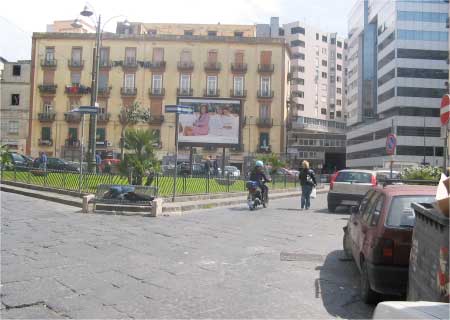
Artist by his action in public space introduces an "aesthetic rupture". This disconnection disrupts the sensory evidence. In the words of Jacques Rancière there is a "dissensus" at the heart of politics. The politis is not primarily the exercise of power or the conquest of power, it is the activity that reconfigures the sensitive management. "If aesthetic experience is key to the politics it is also defined as an experience of "dissensus"." "What works in one sense, it's a void"
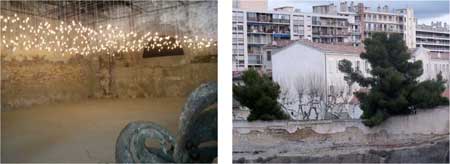 To return to the top of the page
To return to the top of the page
© Michel Perloff - Mentions légales - Création : Marion Pruneau

